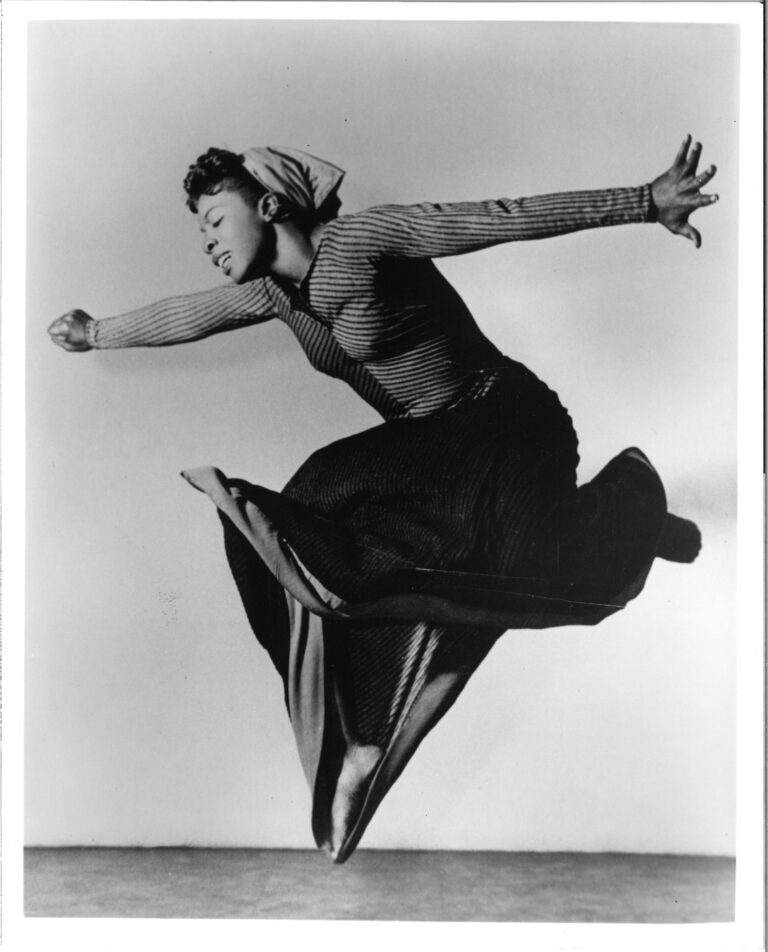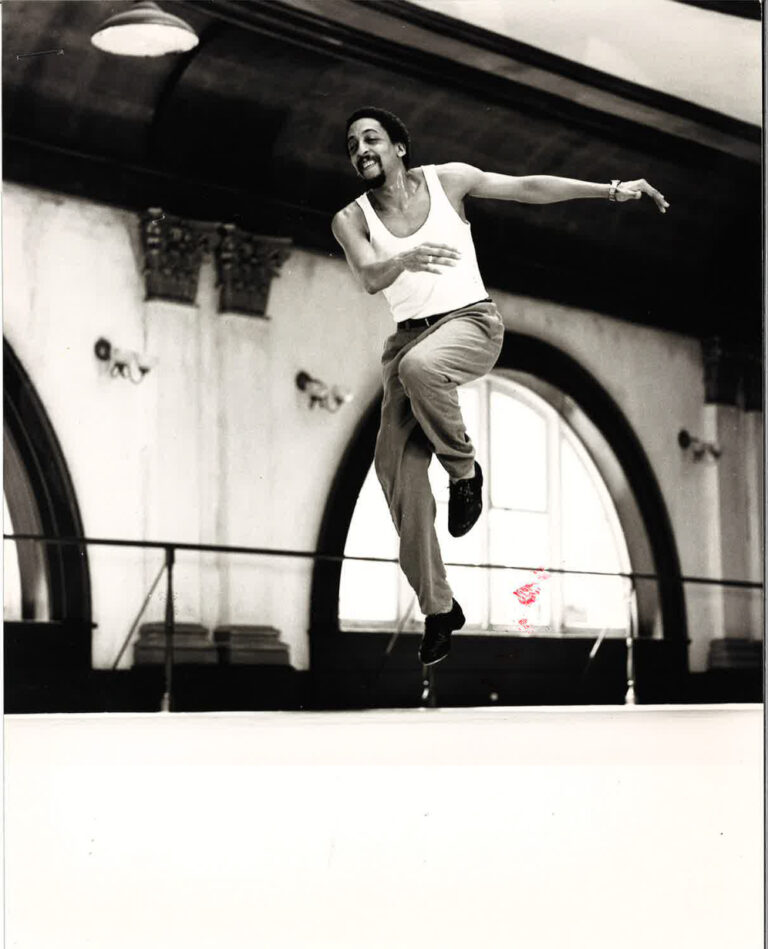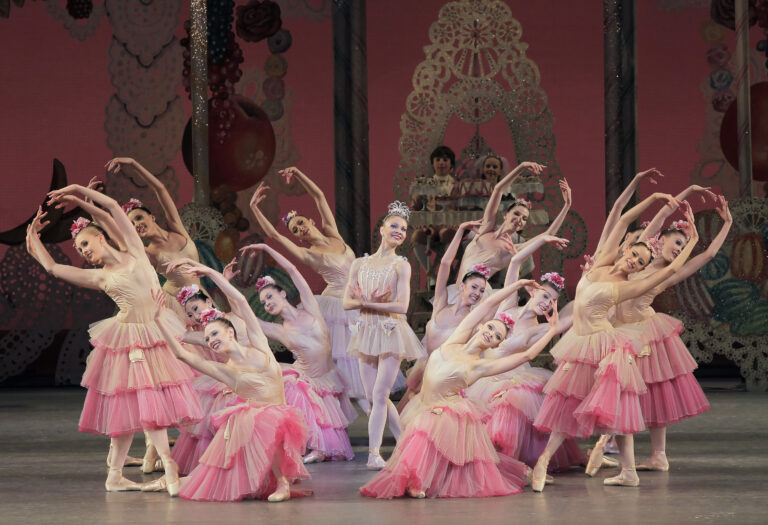
Charismatic performer, prolific choreographer and model of elegance, José Limón (1908–1972) sought to humanize modern dance. Although it was never codified, his technique that incorporated Doris Humphrey’s theories of fall and recovery with an emphasis on breath and weight is considered a crucial component of the modern dance lexicon.
Born in Mexico as the oldest of 11 children to a musician father (who taught him to play the organ), Limón and his family emigrated to the United States in 1915. After studying art for a year in California, Limón decided to try his luck as a visual artist in New York. One night, a friend dragged him along to a dance concert by German choreographer Harald Kreutzberg. As Kreutzberg bounded onto the stage, Limón felt himself transformed: “I knew with shocking suddenness,” he said, “that until then I had not been alive, or, rather, that I had yet to be born.”
Limón spent 10 years studying with and performing for Humphrey and Charles Weidman, with occasional Broadway stints. In 1946 he formed his own company with Humphrey as the artistic director—an unusual move, since most choreographers are artistic directors of their own companies. His commitment to education was marked by summers in residence at the American Dance Festival and his key role in the newly founded Juilliard dance program. The Limón Dance Company continues to present both classic and new works under the direction of Carla Maxwell, who was a principal dancer for the company under Limón.
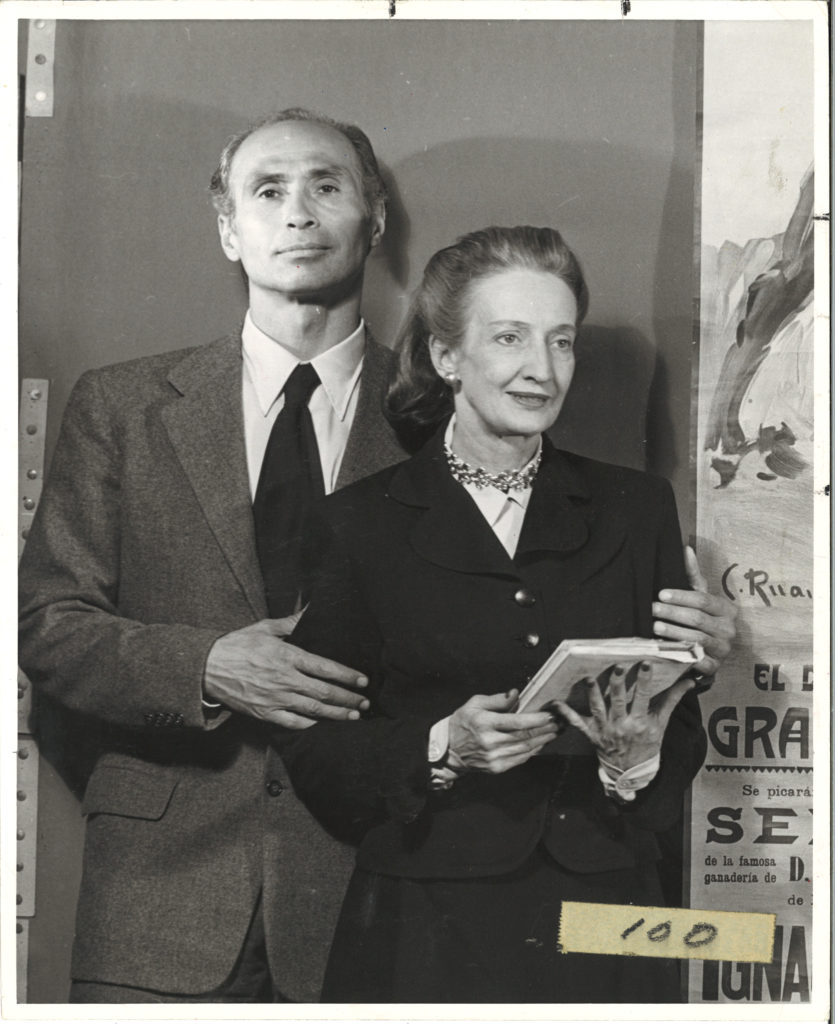
The Work:
Limón choreographed 74 works in his lifetime, several of which remain in the repertory of the Limón Dance Company.
| • The Moor’s Pavane (1949): This moving adaptation of Shakespeare’s Othello, widely considered Limón’s greatest piece, has been performed by several ballet companies and remained in Rudolf Nureyev’s repertory for years. |
| • A Choreographic Offering (1964): This large-scale ensemble piece was a love letter to Doris Humphrey, drawn entirely from movement of her past dances. |
| • Psalm (1967): The score by Eugene Lester was composed in response to counts that Limón gave each day for company member Daniel Lewis to hand-deliver as the piece progressed. |
Fun Facts:
– During a 1931 performance, Limón was given the task of sitting inside an unsteady box so that Humphrey could perform her solo on it without fear of falling over.
– Limón’s first sighting of Martha Graham was from the wings, where he watched, mesmerized, as she performed a solo. After Graham had retired to her dressing room, the stage manager was dispatched to inform Limón that Miss Graham would not tolerate being viewed from the wings.
The Legacy Lives On:
The Limón Dance Company was the first modern dance company to survive its founder. Limón believed that one should “revere and conserve, but not embalm, the treasure of the past.” He kept many of his own works in the company’s repertory while also presenting new choreography. Former company members and Limón students who have created their own work include Garth Fagan, Pauline Koner, Daniel Lewis, Lar Lubovitch and Jennifer Muller.
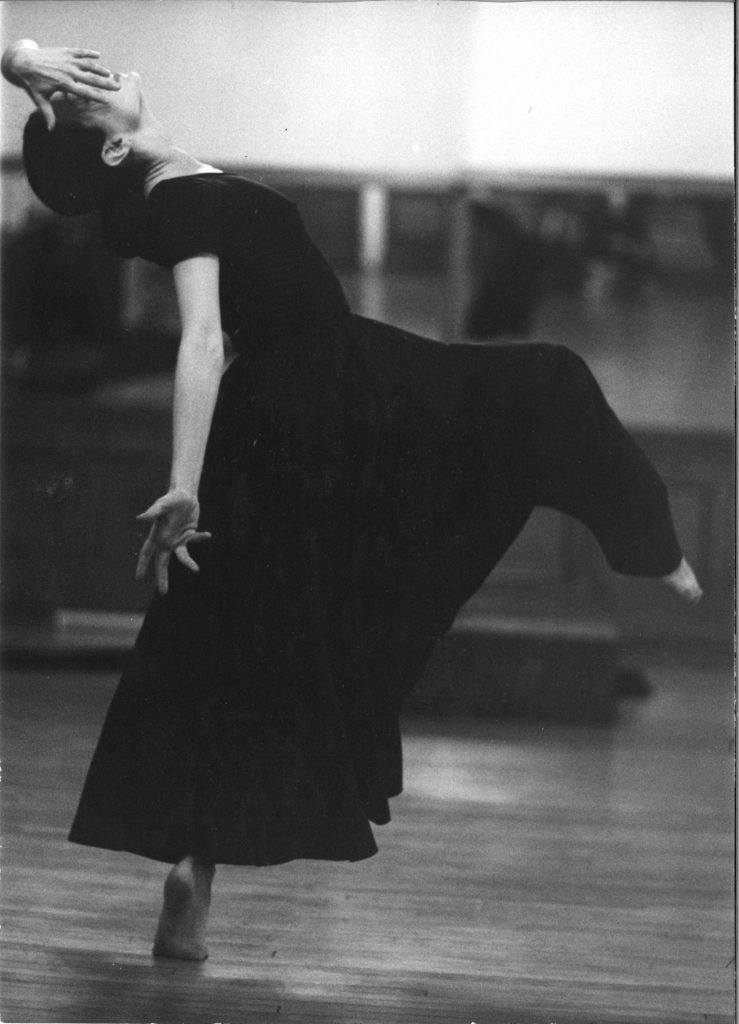
Resources:
“José Limón,” by Daniel Lewis, Dance Teacher, September 2006; José Limón: The Artist Re-viewed, edited by June Dunbar, Harwood Academic Publishers, 2000
José Limón: An Unfinished Memoir, by José Limón and edited by Lynn Garafola, Wesleyan University Press, 1999
Dance is a Moment: A Portrait of José Limón in Words and Pictures, by Barbara Pollock and Charles Humphrey Woodford, Princeton Book Company Publishers, 1993
José! Born to Dance: The Story of José Limón, by Susanna Reich and illustrated by Raul Colon, Simon & Schuster, 2005
The Illustrated Dance Technique of José Limón by Daniel Lewis, Princeton Book Company, 1999
Video
José Limón: Three Modern Dance Classics, production coordinator Allan Altman, Video Artists International, 2002 (DVD)
Web
Dance Heritage Coalition: “America’s Irreplaceable Dance Treasures: The First 100”: danceheritage.org

